Guest Blogger: Meaghan Gagne (Ontario, Educator)
In today’s diverse classrooms, teachers face the challenge of meeting the unique needs of each student. Differentiated instruction is a teaching approach that acknowledges and accommodates these differences by tailoring lessons to fit various learning styles, abilities, and interests. By implementing differentiated instruction, educators can create inclusive and engaging learning environments where all students can succeed.
Understanding Differentiated Instruction
Differentiated instruction is not a one-size-fits-all method. Rather, it involves modifying content, process, product, and learning environment based on students’ readiness levels, interests, and learning profiles. The goal is to ensure that each student receives instruction that is appropriately challenging and supportive, fostering both academic growth and confidence in their learning.
Strategies for Differentiated Instruction
Teachers can use the varying content method to adjust the content of lessons to align with students’ skill levels. For example, in a reading lesson, some students might work with simplified texts while others engage with more complex materials. Providing access to multimedia resources, audiobooks, and interactive activities can also help cater to diverse learners. This leads to modifying the process, which contributes to the way students engage with information and can be customized to fit their learning styles. Some students may thrive through hands-on activities, while others benefit from discussions, visual aids, or independent research. Grouping students based on their preferred learning methods can also enhance comprehension and retention. Offering choice in materials can also be beneficial as it allows students to demonstrate their learning in different ways and fosters creativity and engagement. Instead of a traditional written report, students could create presentations, videos, or artistic projects. This flexibility ensures that students can showcase their understanding in ways that align with their strengths.
Practical Examples in the Classroom
During math instruction, a teacher might use tiered assignments where some students solve basic problems while others tackle more complex, real-world applications. For literacy instruction, students could choose from a selection of books at their reading level and engage in literature circles that promote discussion and comprehension. Another example for science projects could be that learners investigate the same concept but present their findings through experiments, essays, or digital presentations.
Benefits of Differentiated Instruction
Differentiated instruction promotes student engagement, reduces frustration, and enhances achievement by providing meaningful and accessible learning experiences. It supports equity in education by ensuring that all students, regardless of their abilities or backgrounds, receive the support they need to succeed.
Here Are Some Free Resources For Differentiated Instruction In Your Classroom
- Choice Boards for Differentiation, includes free printable templates to give students multiple ways to demonstrate learning.
- Tiered Lesson Plan Examples, includes free tiered activity examples for different subjects.
Overall, by implementing differentiated instruction, teachers can create dynamic and responsive classrooms that cater to the individual needs of their students. While it requires thoughtful planning and flexibility, the benefits are greater in terms of student engagement, improved learning outcomes, and foster a more inclusive environment. By embracing differentiation, educators can empower every student to reach their full potential.

